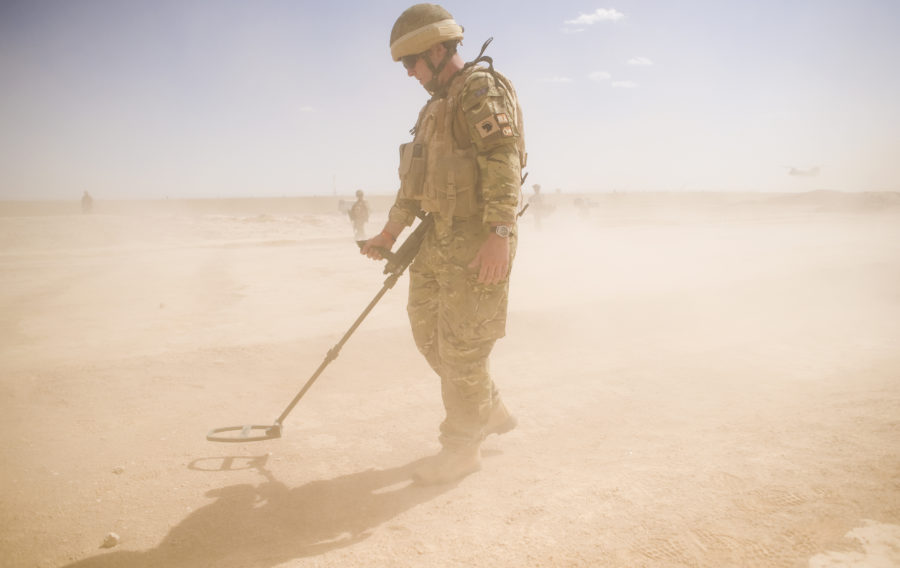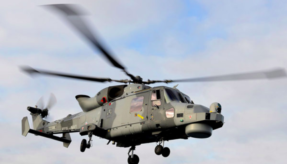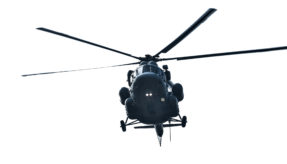
Representatives from HALO Trust, the world’s largest humanitarian mine clearance charity, and Cobham have met with Penny Mordaunt, UK Secretary of State for International Development, in Salisbury to discuss the organisation’s Land Mine Free 2025 initiative.
During the meeting, HALO Trust explained the concept of automated mine clearance and outlined how operations could be digitally mapped, reducing risk to human operatives while also giving them the opportunity to go where no human could before.
To date, Minehound – designed and manufactured in partnership with Vallon GmbH – has sold over 10,000 systems to military and humanitarian clients, and it has been deployed by HALO in Cambodia since 2012. Minehound allows HALO to reduce the amount of metal clutter that would otherwise need to be removed by hand. In doing so, false alarm rates have fallen by >95%, ensuring a quicker and more efficient minefield clearance operation.
Cobham went on to discuss another solution to remote mine detection; Amulet, for use when the risk of deploying a human de-miner is too great – at night, for example, or during severe weather conditions. While in the field, Amulet is also able to map its surroundings and report any and all findings in real-time.
Here, the integration of ground penetrating radar with unmanned aerial systems is proving the differentiator, allowing minefields that would otherwise be too dangerous or inaccessible for humans to be cleared.
According to HALO, Mordaunt was keen to learn more about the organisations work around the world and gain a fuller picture of the mine clearance process: “HALO, which UK Aid helps to fund, is working on the frontline in Afghanistan, Cambodia and Sri Lanka, to clear mines and make some of the world’s most fragile countries safer places to live,” said the Secretary of State for International Development. “Landmines stop families and communities from using land that could be put to use to grow food and graze livestock, crippling local economies.”
If you would like to join our community and read more articles like this please click here.







